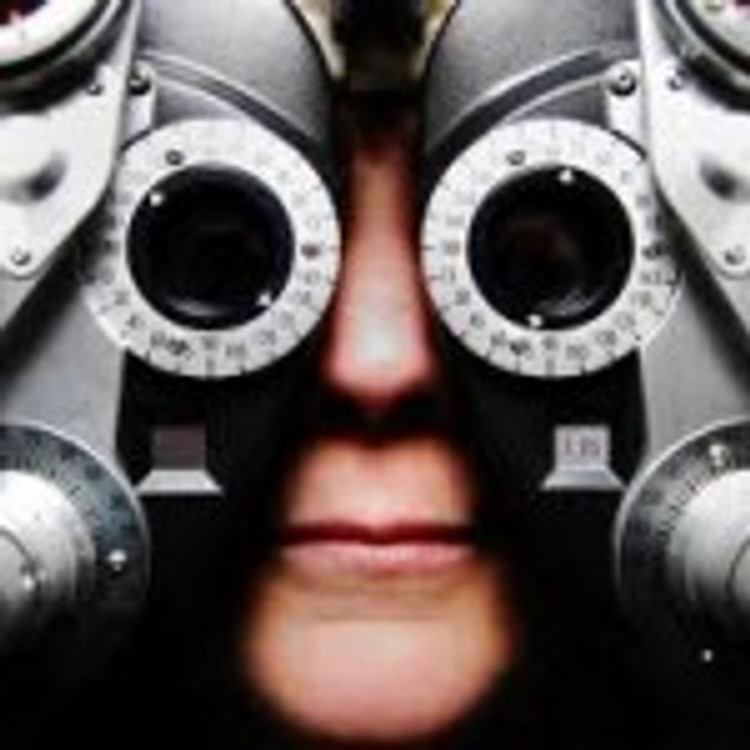Give patients a complete story of macular health with screenings
Posted by dtaylor on Feb 24th 2016
"Optometry has struggled with the innovation issue for decades and...2016 presents the same problem (we had) in 2006 and in 1996,” said Stuart Richer, OD, PhD, FAAO. “The problem is we’re still using the archaic, insensitive Amsler Grid (1895) and Snellen Visual Acuity (1865) charts to measure visual function”.
Dr. Richer is the leading expert and pioneer in nutrition and eye health, and is also the Director of Ocular Preventive Medicine at Captain James A. Lovell Federal Health Care Center in North Chicago, IL. During a recent webinar recorded for the Zeaxanthin Trade Association, Dr. Richer said that for most optometrists, “We’re certainly not determining macular pigment optical density – even once in their lifetime.” This can affect the full view of their macular health.
Macular pigment is comprised of zeaxanthin and lutein, found in the center of the macula (fovea), and functions as a set of “internal sunglasses”, screening photoreceptors from the damage of the sun’s UV rays as well as the blue light that is emitted from electronic devices. The density of this macular pigment, or MPOD, affects a patient’s risk of developing age-related eye health issues – one of the leading causes of vision loss in US adults older than age 50.
But macular pigment density also affects vision function in a number of areas. An improved MPOD score offers patients a great deal of value. Optimal MPOD results in:
- Improved visual acuity– ability to see clearly, especially in fine detail situations like needlepoint or reading in low light situations
- Increased contrast sensitivity – ability to discern objects from their background (e.g. seeing a dark black car against asphalt or a young girl in a white dress next to white car)
- Decreased photophobia – visual discomfort in sunlight or when exposed to bright light
- Improved glare recovery–from temporary “blindness” caused by high intensity lighting, such as from automobile headlights or stadium lights
Lower macular pigment optical density contributes to issues with driving at night. It can also affect one’s cognitive function and sports performance , according to studies from The University of Georgia in Athens.
Unfortunately, in 2016 there’s only about 1,000 practices in the United States that are actually measuring macular pigment optical density.
Why?
“I really don’t know the answer to that. The information is so compelling. We can stand out from our peers when we can supply the patient with this information,” said Dr. Richer. Further, “this is part of the medical model of optometry”.
Knowing a patient’s MPOD score gives important information about their macular health to a doctor. It can serve as a biomarker gauging if certain nutritional supplements are effective. Modifying environmental factors, such as diet, is currently the only approach to reduce the genetic risk of age-related eye health issues.
Dr. Richer stresses that doctors need to know this piece of the eye health puzzle in order to provide patients with the best service.
“We need to give our patients a break, and if we’re not measuring macular pigment, refer them to a practice that is.”
Dr. Richer emphasizes that doctors should know their MPOD score whether they incorporate the testing into their practice or not.
“If for some reason you don’t want to introduce this into your practice, you should at least know what your own MPOD score is because it tells you something about how your brain is functioning as well as your eyes.”
For more of doctor Richer’s insights into MPOD measurement, and ways to proactively help patients at risk for developing age-related eye health issues, view his recorded webinar, sponsored by ZTA.

